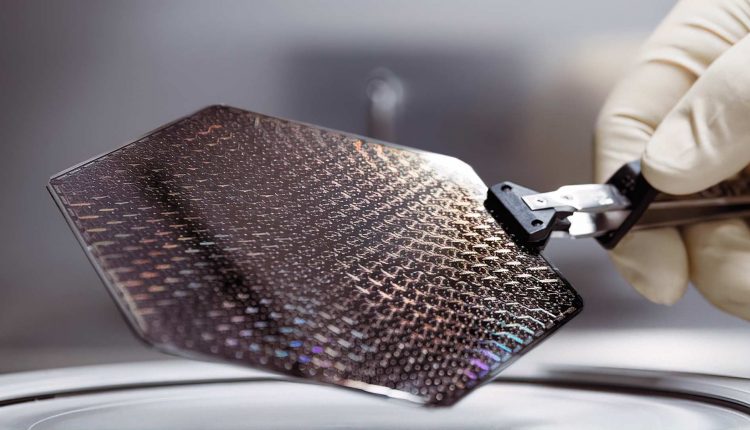©2021 Reporters Post24. All Rights Reserved.
In a moment of triumph that’s being hailed as equivalent to the move from room-scale silicon technology down to desk-sized machines, quantum computing has now gone chip-scale — down from the room-scale contraptions you might have seen elsewhere, including in science fiction.
The development has been spearheaded by Cambridge-based quantum specialist Riverlane’s work with New York and London-based digital quantum company Seeqc. They’re the first to deploy a quantum computing chip that has an integrated operating system for workflow and qubit management (qubits are comparable to classical computing’s transistors, but capable of pairing between themselves, instantly sharing information via quantum states, and also capable of representing both a 0 and a 1). The last time we achieved this level of miniaturization on a computing technology, we started the computing revolution. Now, expectations for a quantum revolution are on the table as well, and the world will have to adapt to the new reality.

The new chip ushers in scalable quantum computing, and the companies hope to scale the design by increasing surface area and qubit count. The aim is to bring qubits up to millions, a far cry from their current deployed maximum of a (comparatively puny, yet still remarkably complex) 76-qubit system that enabled China to claim quantum supremacy. There are, of course, other ways to scale besides increased qubit counts. Deployment of multiple chips in a single self-contained system or through multiple, inter-connectable systems could provide easier paths to quantum coherency. And on that end, a quantum OS is paramount. Enter Deltaflow.OS.

Deltaflow.OS is a hardware and platform-agnostic OS (think Linux, which populates everything from smartphones to IoT to supercomputers), meaning that it can serve as the control mechanism for various quantum deployment technologies currently being pursued around the globe. And even as multiple independent companies —such as Google, Microsoft, and IBM, to name a few — pursue the holy grail of quantum supremacy, Riverlane’s Deltaflow.OS is an open-source, Github-available OS that’s taking the open approach for market penetration.
And this makes sense, since the more than 50 quantum computers already built around the world all operate on independently-developed software. It’s such a nascent field still that there are no standards regarding the deployment and control systems. An easily-deployable, quantum hardware-agnostic OS will undoubtedly accelerate development of applications that take advantage of quantum computing’s strengths, which at the 76 qubit system of China, already enables certain workloads to be crunched millions of times faster than the fastest classical, Turing-type supercomputer could ever hope to achieve.
To achieve this, Riverlane has effectively created a layered Digital Quantum Managament (DQM) SoC (System-On-Chip) that pairs classical computing capabilities with quantum mechanics. The company’s diagrams demonstrate what it calls an SFQ (Single Flux Quantum) co-processor as the base layer of the design, which enables the OS to be exposed to developers with a relatively familiar interface for interaction with the qubits. This offers the capability to “perform digital qubit control, readout and classical data processing functions, as well as being a platform for error correction.”
There are numerous advantages to be taken from this approach, as the SFQ’s resources are “(…) proximally co-located and integrated with qubit chips in a cryo-cooled environment to drastically reduce the complexity of input/output connections and maximize the benefits of fast, precise, low-noise digital control and readout, and energy-efficient classical co-processing.” Essentially, some tenets of classical computing still apply, in that the closer the processing parts are, the more performant they are. This enables the OS to run, and is layered next to an active qubit sheet that actually performs the calculations.

Quantum computing has long been the holy grail in development for new processing technologies. However, the complexity of this endeavour can’t be understated. The physics for quantum computing are essentially being written as we go, and while that is true, in a way, for many technological and innovation efforts, nowhere does It happen as much as here.
There are multiple questions related to quantum computing and its relationship to classical computing. Thanks to the efforts of Riverlane and Seeqc, the quantum computing ecosystem can now “align their needles” and collectively problem-solve for deployment and operation of quantum-computing-on-a-chip solutions.
Source:www.tomshardware.com


